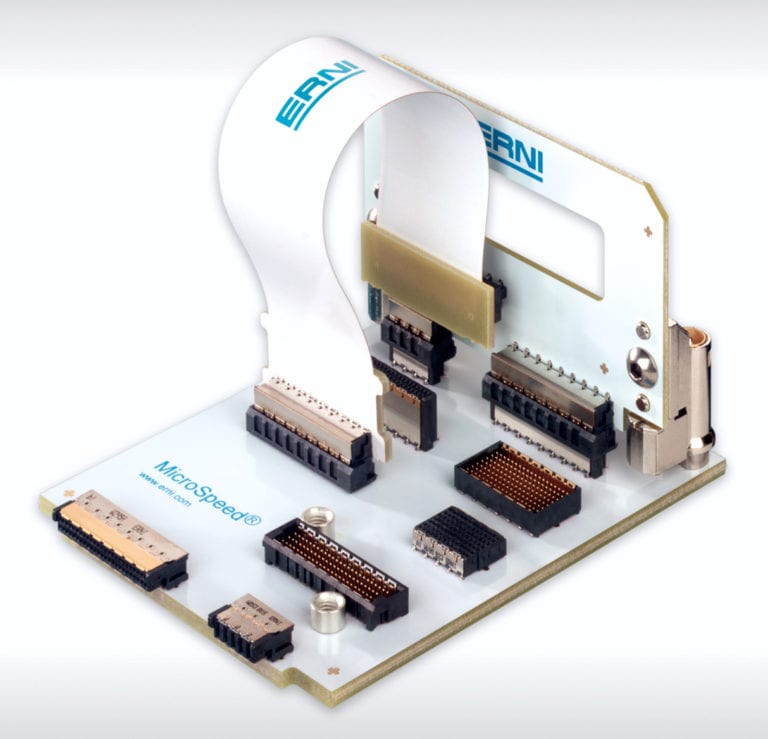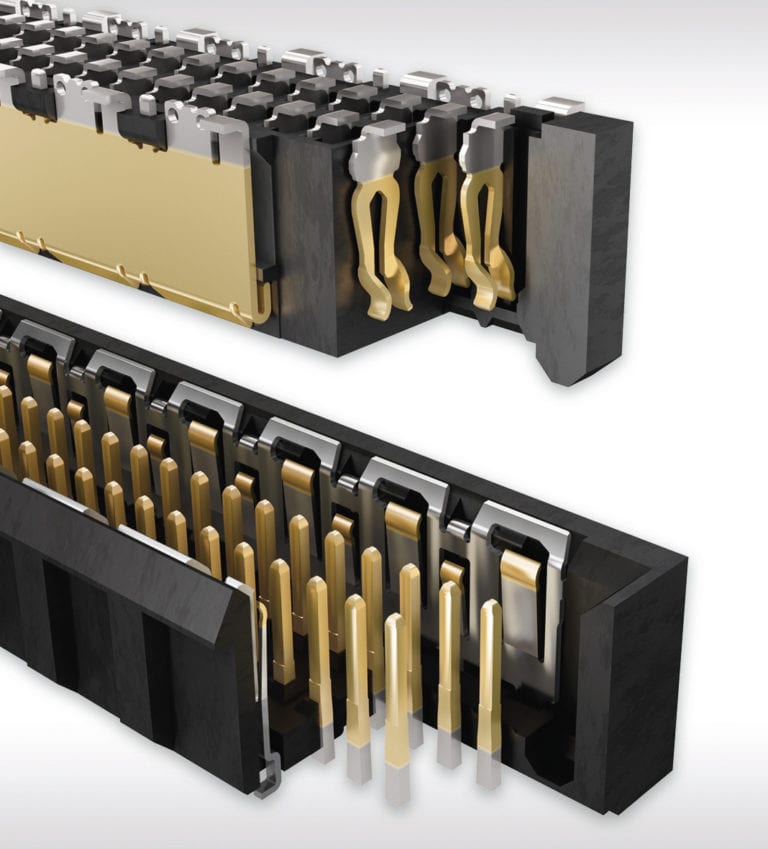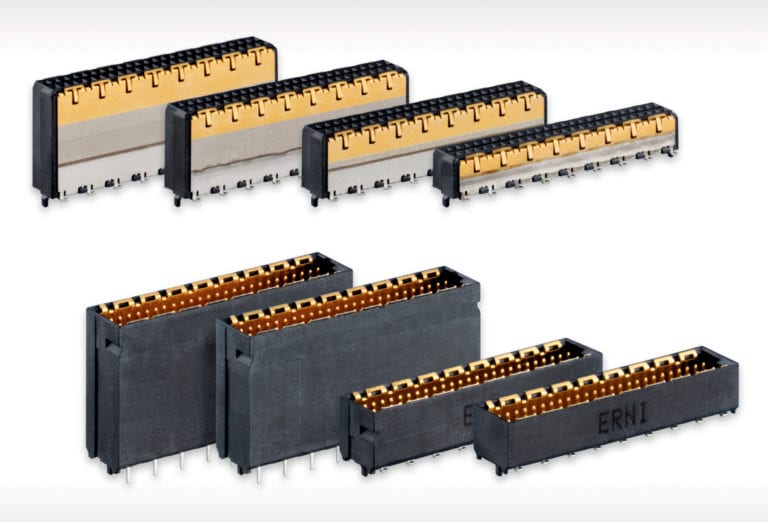
1. Overseas Sales Department
Eva Manager
E-mail:eva@yccnt.com
Mob:+86-17751228540
What’s App:17751228540
Vicky Zhang
vicky.zhang@kscnt.com
Mob:+86-18962449735
Skype:+86-18962449735
2. Techinical Support
Max Gu Manager
E-mail: max.gu@yccnt.com
Tel:+86-512-55172933-8007
Mob: + 86-13862390046
The Internet of Things (IoT) refers to the wireless interconnectivity of electronic devices ranging from appliances and vehicles to building control systems and manufacturing equipment. Embedded electronic components, including sensors, actuators, connectors, and cables, enable these devices to collect and exchange data and be remotely monitored and controlled. The Industrial IoT (IIoT) is a subsegment specifically dedicated to manufacturing that involves the convergence of the IoT, real-time analytics, machine learning, and embedded systems, including wireless sensor networks, control systems, and automation technologies. The IIoT adds analysis and informed response capabilities to standard IoT functions. These advanced capabilities enable the improved manufacturing efficiencies, productivity, and other economic benefits intrinsic to Industry 4.0, a subset of the fourth industrial revolution that includes smart factories and lights-out manufacturing.
The implementation of IoT, IIoT, and Industry 4.0 technologies is placing challenging new technical demands on the connectivity components that enable these networked devices. This includes higher speed and higher frequency performance, reduced form factors, improved robustness and reliability, and higher immunity against electromagnetic interference (EMI). The number of IoT devices is projected to balloon to 75.44 billion worldwide by 2025 — a fivefold increase in just 10 years — to support global 5G mobile communication networks, which are expected to pave the way for even more interconnected societies and industries via associated trends, including smart factories and autonomous driving.
The main challenges for connectors in IoT and IIoT applications include the ever-increasing data-rate demands and diverse component densities of end devices that range from consumer electronics to smart meters and industrial control equipment. The ability to reliably handle higher data rates at higher speeds requires new and revised connector designs. Similarly, the higher board-level component densities that enable advanced IoT devices also significantly limit both the space allotted for connectors and the minimum co-location distances between components, which is a critical design element for reducing the risk of interference. Another notable challenge is that IoT devices are being designed for considerably higher operating frequencies than are commonly used today. Higher frequencies of up to 30GHz for outdoor environments and 90GHz for indoor applications can directly affect device designers’ ability to achieve electromagnetic compatibility (EMC) regarding both immunity and radiated susceptibility.
Mezzanine connectors have become increasingly important in modern, decentralized, and networked system architectures, like those employed by IoT devices. This is because more and more of the related applications are having to contend with significant space limitations due to both higher densities of board-level components and an overwhelming trend toward compact devices with small, slim housings. One response to this trend is to use stacked boards for system integration. However, this places very particular requirements on the necessary connectors, given that the speeds for digital data transfer on PCBs often reach 10Gb/s or more. In addition to ever-faster data rates and increasing board complexity, board-stacking designs also require increased contact densities.
Today’s mezzanine connectors often have hundreds of contacts, but the corresponding boards have — until recently — been populated with connector clusters extending over a large area. This meant that the only way to achieve more contacts was to use larger connectors, which is counterproductive to the component size reductions required by many modern electronic designs. It can make sense to divide these connector clusters into several smaller connectors, which offers advantages in terms of assembly and routing. However, this approach can cause tolerance problems for conventional single-beam contacts, so users have seldom placed more than one such space-saving mezzanine connector on a board. In contrast, mezzanine connectors with miniature dual-beam contacts and a large capture range of 0.7mm in a 1.0mm pitch, like ERNI’s MicroSpeed Series, make it easy to place multiple connectors on a board. They can also provide developers with greater routing flexibility and fewer board layers and offer high current-carrying capacities and high signal speeds.

Key mezzanine connector characteristics for use in IoT, IIoT, and Industry 4.0 applications include a minimal size with the greatest possible contact density, the ability to reliably transfer signals at up to 20+Gb/s, high EMC, and both differential and single-ended signal handling capabilities. Meeting these requirements demands a special contact design and configuration.
Single-Beam vs. Dual-Beam Contacts: Connectors with single-beam contacts occasionally lead to tolerance problems when mating. Mezzanine connectors designed for use in IoT applications should employ field-proven dual-beam, spring contact designs with a wide and homogeneously smooth surface, gold plating for improved conductivity, an effective wipe length (~1.5mm), lubrication to prevent fretting corrosion, and a 1.0mm pitch to achieve effective miniaturization with low contact resistance.
Contact Terminations: Surface-mount technology (SMT) signal contacts are most beneficial in high-speed mezzanine applications and offer higher signal integrity than those with press-in pins, as the plated through-holes required for press-in connectors have a negative influence on noise behavior and reflections. Depending on the application, users can select SMT or through-hole (THR) for the outwardly arranged shield plate contacts. Shield plate contacts in THR form further enhance mechanical stability and allow connector modules to be easily arranged in adjacent rows with minimal loss of space.

Electromagnetic Compatibility (EMC): The contact pitch and the integrated shields play a key role in determining a connector’s impedance, which, for single-ended signals, is normally 50Ω (signal-to-ground) and, for differential applications, 100Ω (signal-to-signal). To control impedance, reduce crosstalk, and improve coupling between differential signal pairs, high-speed mezzanine connectors are equipped with special shielding structures.
The standard shielding mechanism, EMC fingers, provides excellent resistance against emitted electromagnetic interference (EMI) and immunity against electrostatic discharge (ESD). Additional shielding mechanisms, such as EMC tabs, further enhance EMC performance by significantly reducing inductive coupling. Combining these two mechanisms delivers best-in-class shielding ideal for IoT, IIoT, and Industry 4.0 applications that require high signal integrity and secure data transmission. Some mezzanine connectors also allow the shields to be used as power planes capable of providing up to 10A per shield.
Optimized crosstalk behavior is best achieved with a vertical configuration of the signal pairs (i.e., transverse, across the longitudinal direction) and the pairing arrangement of signal and shield contact pairs. This configuration has achieved recorded crosstalk measurements down to less than 2% at 100ps rise time.
Ease of Use and Durability: Mezzanine connectors with blind-mating characteristics, including distinctive polarization of the mating face, extended guides to capture the mating connector, and self-aligning features, support user-friendly integration in applications ranging from compact IoT devices with densely populated boards to hard-to-reach industrial automation equipment in harsh environments. To ensure safety, reliability, and durability, mezzanine connectors utilized in industrial environments should also employ narrow, low-profile, shrouded housings made of robust, high-temperature-resistant materials to protect contacts from damage and encourage airflow to support system cooling. Well-made mezzanine connectors can be rated for 500 or more mating cycles.

Design Flexibility: To address a broad spectrum of applications, mezzanine connectors for IoT applications should support both single-ended and differential signaling for maximum grounding and routing flexibility. Various male and female connector heights also support a broad application range by allowing for many different stack heights and board distances, which gives developers maximum flexibility with regard to board arrangements.
In addition to the original two-row variants, some suppliers now offer three-row versions with SMT terminals that achieve even greater contact density. In these designs, the third (center) row can be assigned as ground path to reduce the row-to-row crosstalk between the two signal rows. Alternatively, the third row, like some shielding blades, can be also used for power delivery.
Design Support: Signal integrity analysis is becoming increasingly important in data transmission applications, and especially so in applications with higher operating frequencies, like many IoT, IIoT, and Industry 4.0 applications. As such, mezzanine connectors suppliers should offer matching Spice models and PCB design kits for early system simulation in addition to design engineering support services.
The continued development and expansion of sophisticated IoT, IIoT, and Industry 4.0, applications requires higher performance connectors with increased data rates and densities. Connector designs must minimize the negative effects caused by increased data rates and densities, including EMI and crosstalk. Rugged mezzanine connectors enable designers to achieve these application requirements without compromising the robust mechanical performance that is required in industrial designs. Mezzanine connector solutions combine high performance characteristics with ruggedization and high durability — all in miniature packages.
Resource: https://www.connectorsupplier.com/connectors-for-iot-iiot-and-industry-4-0-applications/